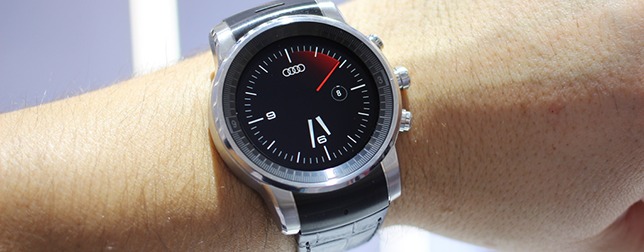Wearable device shipments were slow in Q1 2018 as consumers continue to shift towards smarter devices, according to a wearable devices report from International Data Corp. (IDC). Higher priced smart wearables offered by companies such as Fitbit, Apple and several fashion brands grew 28.4 percent during the same period.
Worldwide, shipments of wearables grew 1.2 percent during Q1 2018 as it reached 25.1 million unit, according to the report. Growth for the market was far lower than the 18 percent year-over-year growth one year ago largely due to the 9.2 percent decline in shipments of basic wearables.
“With the move towards smarter devices, we’re also starting to see hints of where the wearables market is headed,” says Jitesh Ubrani senior research analyst for IDC Mobile Device Trackers. “Additional sensors, years of underlying data, and improved algorithms are allowing pillars of the industry like Fitbit and Apple to help identify diseases and other health irregularities. Meanwhile, roughly one third of all wearables included cellular connectivity this quarter, which has allowed new use-cases to emerge.”
Wrist bands and watches accounted for 95 percent of the shipments during the period, and sensor-laden clothing grew 58.6 percent year over year.
About the wearable band market, we reported last month that the market experienced a tremendous growth in the first quarter of 2018, and on top of the competition, Apple and Xiaomi is going neck-and –neck.
Top 5 Wearable Companies So Far
Apple. Shipments for Apple Watches grew 13.5 percent over the past year as the company launched cellular connected Watch. The watchmaker increased its share from 14.3% in 1Q17 to 16.1% in 1Q18 as its growth outpaced the entire market.
Xiaomi. This Beijing, China-based company was in second position with 14.8 percent share of its unit shipments. Xiaomi has been able to successfully flood the primarily Chinese market.
Fitbit. Fitbit ranked 3rd during the quarter. The San Francisco, CA-based company company’s Versa with its appealing design and price was met with initial success. Fitbit remains focused on the health and wellness market by working with medical institutions and government agencies. New feature such as female health tracking, offered by the company on its smartwatch platform, has been well received with over 2 million users signing up for it.
Read more How Fitbit is Trying to Transform Healthcare, While Transforming Itself
Huawei. This Chinese company managed to capture the fourth position during the quarter. The broad product portfolio of smart watches, fitness trackers, kids’ watches, and even ear-worn devices has allowed the company to more than double its share from the previous year.
Garmin. With 5 percent share, Garmin rounded out the top 5, up slightly from its 4.6% share a year ago. In the past, this American company has been relatively slow to adopt certain new features though the recent rollout of music playback and the expansion of its Garmin Pay and the Connect IQ platform has done well for the company.














